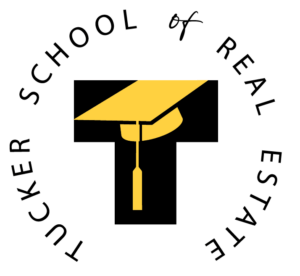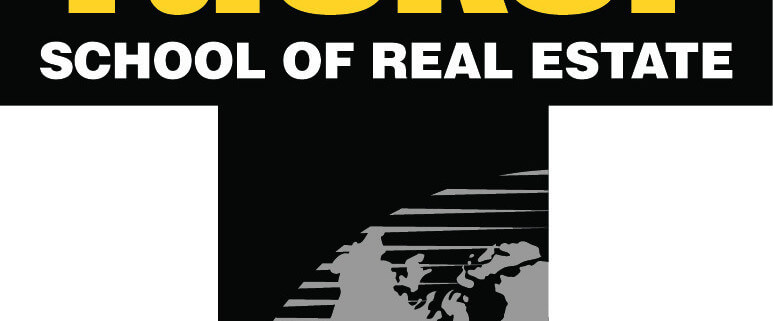Property Values Take Flight: Home Prices Soar By Over 20 Percent
Some of the housing news being kicked around recently is astounding: Home prices soaring by 20 percent or more over the past 12 months? Multiple offers? Bidding wars? All of the great news has some wondering, is another housing bubble brewing?
Experts think not. According to the business forecast aficionados at Kiplinger, there are huge differences between what we see happening today in even the hottest of real estate markets and the tulipmania of last decade. The extreme heat in today’s market is a short-term phenomenon, born of a temporary imbalance between supply and demand. Come 2014, if not sooner, the pace of price hikes will ease, as builders rush in to beef up supplies of new homes, more homeowners – reluctant to sell at a loss –are no longer underwater on their mortgages, and additional properties come through the foreclosure process.
This week’s Kiplinger Letter takes a look at the U.S. housing market, forecasts price hikes for this year and next, and explains why there’s little danger in fast-rising home prices in some parts of the country.
According to the most recent Kiplinger forecast, the pace of price hikes will ease next year as supply and demand come into better balance. The predicted national average in 2014, say 4 percent or so, is roughly half the 8.5 percent price increase likely to be racked up in this unusual year.
Then, according to Kiplinger, a gradual return to the historical norm, with average home values rising by about one percentage point more than the inflation rate each year.
Meanwhile, a closer look at the situation today is revealing. Price hikes of 15 percent -22 percent are extreme. But consider the starting point. Existing homes in Las Vegas and Phoenix, up 22 percent from early 2012 to early 2013, are still more than 40 percent below their peaks. In San Francisco, L.A., Atlanta, Detroit and others experiencing strong appreciation (16 percent or more), prices remain 17- 45 percent below their highs. Only a few major metro areas are at or close to previous peaks. Denver, for example, is there, but the Mile High City never experienced the extremes of the bubble and bust. San Jose, Calif., the heart of Silicon Valley, is 5 percent off its peak.
Homes, on the whole, remain affordable, notes Kiplinger. Only 13 percent of median family income is typically being chewed up by mortgage payments. Compare that with 24 percent in 2006.
“While the combination of rapidly rising home prices in some areas, tight inventory nation-wide and the prospect of rising interest rates certainly warrant close scrutiny, a housing bubble in the immediate future is unlikely, says Kiplinger’s Associate Editor, Gillian White. “Areas such as Phoenix and Las Vegas are seeing price spikes of over 20 percent but home values in those same areas remain more than 40 percent below their peak values and interest rates remain low in comparison with historic averages.”
“When rates do begin to rise, the climb is likely to veer more towards slow and steady rather than rapid and steep. More homeowners will make their way out of underwater mortgages, increasing inventory. And gradually rising rates will cool housing demand, providing a better market equilibrium. If the economy continues to expand, as anticipated, it will give the housing market time to work out some of the concerning patterns that have taken root and likely prevent bubbles in most markets.”
For more information, visit www.kiplinger.com.
Reprinted with permission from RISMedia. ©2013. All rights reserved.


